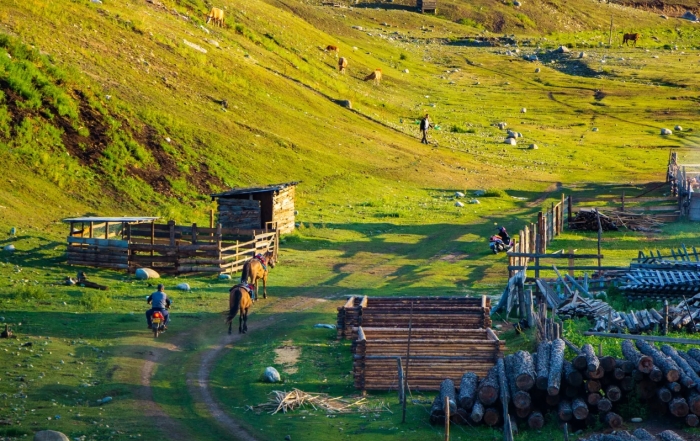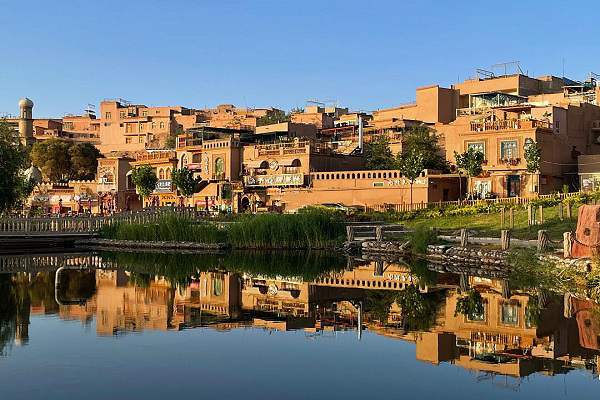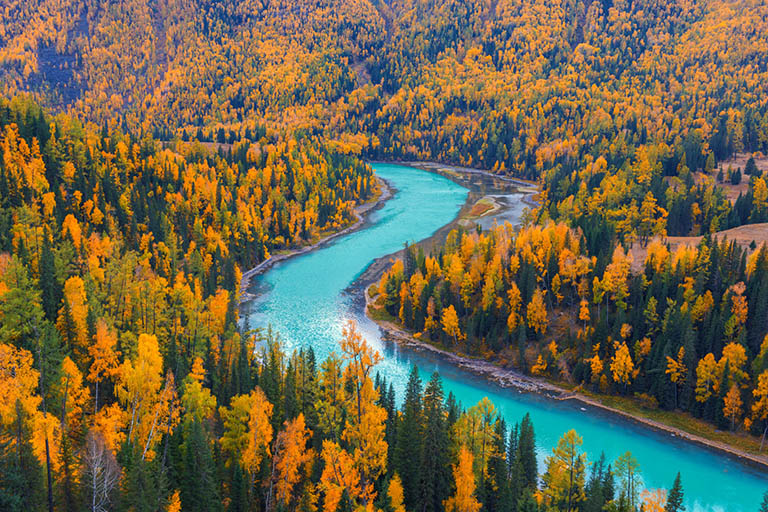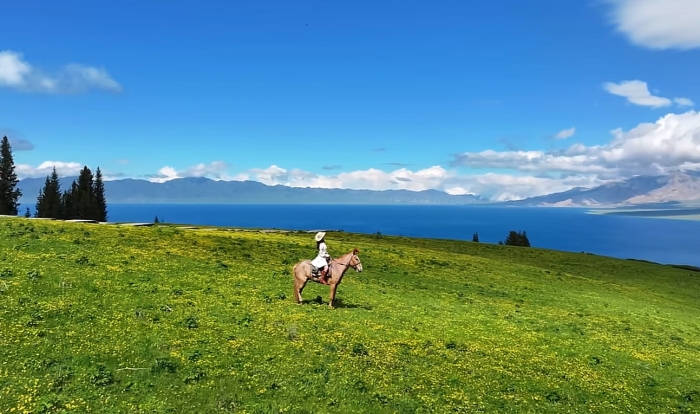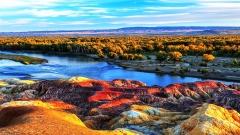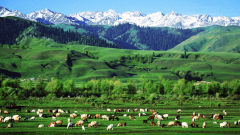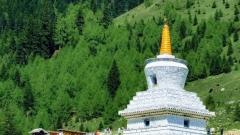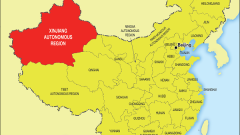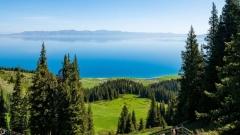Xinjiang, China’s vast northwestern region, is a land of deserts, snow mountains, and vibrant Silk Road cultures. With ancient cities like Kashgar, the heavenly scenery of Kanas Lake, and the Taklamakan Desert, it’s a destination of extraordinary beauty and history. But because Xinjiang is often in the news, many travelers wonder: Is it safe to travel to Xinjiang today?
The short answer is yes — Xinjiang is generally safe for tourists, but it’s important to understand local conditions, travel logistics, and cultural sensitivities before you go. This guide covers everything you should know to travel safely and respectfully in Xinjiang.
Safety Overview: What Travelers Can Expect
In recent years, Xinjiang has become increasingly stable and secure for both domestic and international visitors. The region is under strict public security management, with visible police presence and advanced monitoring systems.
For travelers, this often translates to a high level of safety in cities and tourist areas — petty crimes like theft or scams are very rare compared to other destinations. You can walk around Urumqi, Turpan, or Kashgar even at night without major concern.
However, because of the region’s sensitive history and ethnic diversity, foreign visitors may encounter ID checks, baggage scans, or police registration procedures — especially in transportation hubs and small towns. These are normal local regulations, and tourists are expected to cooperate politely.
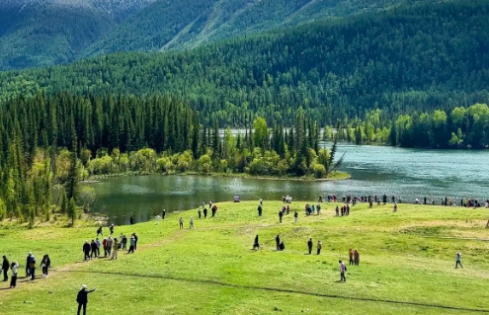
Best Time to Visit Xinjiang
Xinjiang’s weather varies dramatically due to its size — from desert basins to snowy mountains. The best time to visit depends on what you want to see:
-
April–June: Best for desert adventures, apricot blossoms in Turpan, and wildflowers in northern grasslands.
-
July–September: Peak travel season with comfortable temperatures and rich fruits; ideal for Ili, Kanas, and Kashgar.
-
October–February: Winter brings snow scenery in Altay and ski resorts, but some mountain roads may close due to snow.
Even during high season, Xinjiang remains less crowded than China’s eastern destinations, offering vast open landscapes and authentic local charm.
Traveling Around Xinjiang: Transportation and Accessibility
Xinjiang covers one-sixth of China’s total area — it’s huge. Traveling between cities often means long distances, but transportation has improved dramatically:
-
Flights: Major cities like Urumqi, Kashgar, and Hotan are connected by regular flights.
-
High-speed rail: The Lanzhou–Urumqi and Urumqi–Korla lines make intercity travel fast and convenient.
-
Road trips: For adventure lovers, driving the Duku Highway (from Dushanzi to Kuqa) or the G217 route offers some of the most spectacular mountain views in China.
👉 Tip: Always carry your passport and hotel registration slip, as you’ll need them for checkpoints or when buying tickets.
Cultural Etiquette and Respectful Travel
Xinjiang is home to 13 major ethnic groups, including Uyghur, Kazakh, Hui, and Han. The diversity of cultures, languages, and religions makes it one of the most fascinating regions in China.
To travel respectfully:
-
Dress modestly, especially when visiting mosques or rural areas.
-
Ask before photographing people, especially Uyghur locals.
-
Refrain from political discussions or sensitive topics.
-
Try local foods like hand-pulled noodles (laghman), roast lamb kebabs, and pilaf (polu) — but avoid alcohol in Muslim-majority areas.
Being polite and open-minded will help you connect with locals and enjoy a more genuine cultural experience.
Internet, Communication, and SIM Cards
Access to the global internet in Xinjiang is similar to the rest of mainland China — some international websites and apps are restricted. However, WeChat, Alipay, and Baidu Maps are widely used by both locals and tourists.
You can easily buy a local SIM card (China Mobile or China Unicom) with your passport at Urumqi Airport or any major city.
Internet coverage is strong in urban areas but may weaken in remote mountain regions like Kanas or Tashkurgan.
Accommodation and Tourist Infrastructure
Xinjiang’s major cities have a full range of accommodations — from international hotels to boutique guesthouses and ethnic-style homestays.
-
In Urumqi and Turpan, you’ll find modern hotels with English-speaking staff.
-
In Kashgar, many guesthouses near the Old Town blend Uyghur design with modern comfort.
-
In remote areas like Kanas or the Pamir Plateau, expect simpler lodges but unforgettable scenery.
Advance booking is recommended during summer and early autumn, especially for scenic spots like Kanas Lake and Sayram Lake.
Health, Safety, and Travel Insurance
-
Altitude: Western Xinjiang has some high-elevation areas (e.g., Tashkurgan over 3,000m). Allow time to acclimatize if you travel there.
-
Food and water: Stick to bottled water and freshly cooked food.
-
Medical facilities: Good hospitals are available in Urumqi and regional centers; rural areas may have limited services.
-
Travel insurance: Always purchase insurance that covers high-altitude or remote travel.
Local Laws and Regulations
Xinjiang follows national Chinese laws but enforces additional security measures. Tourists should:
-
Always carry valid ID and follow police instructions during checks.
-
Avoid photographing military or security sites.
-
Use official taxis or licensed tour operators for intercity travel.
-
Respect religious customs and avoid restricted areas.
These regulations may feel strict, but they are designed to maintain public order and ensure safety for both residents and visitors.
Responsible and Meaningful Travel in Xinjiang
Xinjiang offers not only breathtaking scenery but also deep cultural experiences. By traveling responsibly — hiring local guides, supporting family-run restaurants, and respecting traditions — you help preserve the region’s heritage and promote cross-cultural understanding.
Tourists who have visited in recent years often describe Xinjiang as safe, welcoming, and unforgettable — a place where ancient Silk Road history meets stunning natural beauty.
Conclusion
So, is Xinjiang safe to travel?
Yes — as long as you plan carefully, follow local rules, and travel with awareness and respect. You’ll find Xinjiang not only safe but incredibly rewarding. From the bustling bazaars of Kashgar to the tranquil blue waters of Kanas, this region remains one of the most fascinating corners of China.
If you’re ready to experience the deserts, grasslands, and cultures of Xinjiang with peace of mind, join a well-organized tour with China Dragon Travel — ensuring safety, comfort, and authentic local experiences every step of the way.



